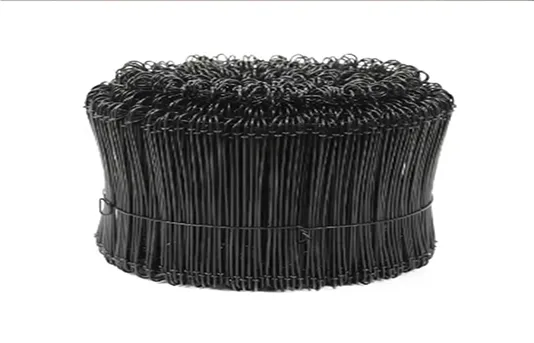-
 Phone:
Phone: -
 Email:
Email:

price of barbed wire fence
The Price of Barbed Wire Fences An Overview
Barbed wire has long been a staple in agricultural and security applications. It serves as an effective and economical solution for property demarcation, livestock control, and enhancing security measures. However, the price of barbed wire fencing fluctuates based on several factors, including material costs, market demand, and regional considerations. This article delves into the various elements influencing the price of barbed wire fences and offers consumers insight into making informed purchasing decisions.
Understanding the Basics
Barbed wire consists of a length of wire with sharp edges or points arranged at intervals along the strands. This design not only deters animals from crossing boundaries but also provides a formidable barrier against intruders. The cost-effectiveness and versatility of barbed wire also contribute to its widespread use in rural and urban settings alike.
Factors Influencing Prices
1. Material Costs The primary material for barbed wire is typically steel, and fluctuations in the global steel market can significantly impact pricing. When steel prices increase due to demand or production constraints, the cost of barbed wire follows suit. Additionally, the quality of the steel plays a critical role. Galvanized steel, which undergoes a protective coating process, is generally more expensive but offers enhanced durability and rust resistance.
2. Production Techniques The manufacturing process utilized to create barbed wire can also affect prices. Advanced production techniques that improve efficiency may lower costs, while traditional methods might lead to higher prices due to increased labor and time requirements. Consumers should compare products not just by price but also by the production technique used.
3. Market Demand and Supply Chain Seasonal demand influences pricing structures. For instance, demand typically rises in spring and summer due to agricultural activities like fencing for livestock. Conversely, a decline in demand during the fall and winter may lead to lower prices. Furthermore, supply chain issues, including transportation costs and availability of materials, can create additional price volatility.
price of barbed wire fence

4. Regional Differences Prices for barbed wire can vary greatly depending on geographic location. In rural areas where farming is predominant, barbed wire may be available at a lower cost due to reduced transportation expenses and higher availability. Conversely, urban areas might experience higher costs due to increased demand, transportation fees, and limited local supply.
5. Type of Barbed Wire The variation in types of barbed wire also affects pricing. Standard barbed wire is typically cheaper than specialized options, such as high-tensile wire, which offers better strength and fewer maintenance requirements. The choice of wire should align with the specific use-case scenario, whether for fencing livestock, securing property, or simply delineating boundaries.
Considerations for Buyers
When evaluating the price of barbed wire, consumers should conduct thorough research. Compare prices across different suppliers and consider purchasing in bulk to save costs. Additionally, understanding the material specifications and appropriate gauge (thickness) of wire for the intended application can save long-term expenses related to maintenance and repairs.
Consumers should also seek out local suppliers or fencing contractors who may offer package deals that include installation. Such options can provide additional savings while ensuring a professional installation that adheres to local regulations and standards.
Conclusion
The price of barbed wire fences is determined by an intricate interplay of material costs, production methods, supply and demand dynamics, and regional market conditions. By considering these factors, consumers can navigate the complexities of pricing and make smarter purchasing decisions that align with their needs and budgets. As industries evolve and technology improves, the future of barbed wire fencing may witness even more innovations, further influencing its pricing and applications in various sectors.
-
Wire Mesh for Every Need: A Practical SolutionNewsJul.25,2025
-
Steel Fences: Durable, Secure, and Stylish OptionsNewsJul.25,2025
-
Roll Top Fencing: A Smart Solution for Safety and SecurityNewsJul.25,2025
-
Cattle Farm Fencing Solutions for Maximum SecurityNewsJul.25,2025
-
Affordable Iron Binding Wire SolutionsNewsJul.25,2025
-
Affordable Galvanized Wire SolutionsNewsJul.25,2025
-
Wire Hanger Recycling IdeasNewsJul.25,2025








